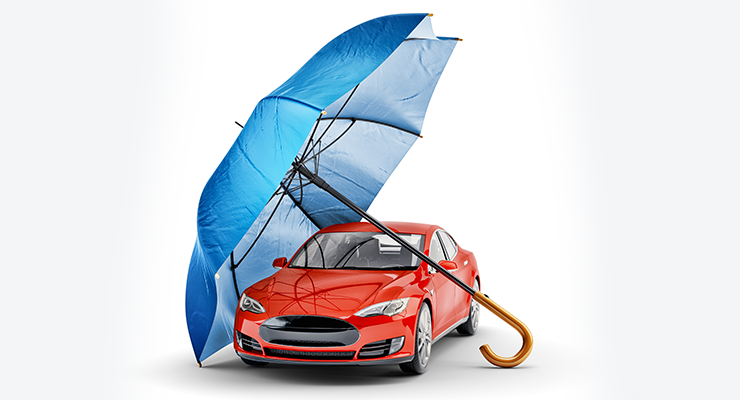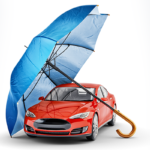
Auto Insurance in the United States: Safeguarding Drivers and Vehicles
Auto insurance, also known as car insurance or vehicle insurance, plays a crucial role in protecting drivers, passengers, and their vehicles from financial losses resulting from accidents, theft, or other unforeseen events. In the United States, auto insurance is a legal requirement in most states. Let’s explore the intricacies of auto insurance, its components, and its impact on individuals and society.
1. The Basics of Auto Insurance
a. Liability Coverage
- Most states mandate liability insurance, which covers bodily injury and property damage caused by the insured driver.
- Liability coverage ensures that drivers can compensate others for injuries or property damage resulting from accidents.
b. Comprehensive and Collision Coverage
- Comprehensive coverage protects against non-collision incidents such as theft, vandalism, or natural disasters.
- Collision coverage pays for damage to the insured vehicle in case of an accident.
c. Uninsured/Underinsured Motorist Coverage
- This coverage safeguards drivers if they are involved in an accident with an uninsured or underinsured driver.
- It helps cover medical expenses and property damage.
2. Factors Affecting Premiums
a. Vehicle Type and Value
- Premiums vary based on the make, model, and value of the insured vehicle.
- Luxury cars typically have higher premiums due to repair costs.
b. Driving Record
- Safe drivers with a clean record pay lower premiums.
- Accidents, speeding tickets, and DUIs increase insurance costs.
c. Location
- Urban areas with higher traffic and crime rates often have higher premiums.
- Rural areas generally have lower rates.
3. The Role of Credit Scores
- Many insurers consider credit scores when determining premiums.
- Good credit indicates responsible financial behavior and correlates with safer driving.
4. Discounts and Bundling
- Insurers offer discounts for safe driving, anti-theft devices, and multiple policies (such as home and auto insurance).
- Bundling policies can lead to cost savings.
5. The Impact of Technology
a. Telematics and Usage-Based Insurance
- Telematics devices monitor driving behavior, rewarding safe practices with lower premiums.
- Usage-based insurance calculates rates based on actual mileage driven.
b. Online Comparisons and Quotes
- Consumers can easily compare quotes online to find the best rates.
- Websites and apps simplify the process of obtaining multiple quotes.
6. Legal and Social Implications
a. Legal Compliance
- Driving without insurance can result in fines, license suspension, or vehicle impoundment.
- Mandatory insurance ensures that drivers can cover damages to others.
b. Social Responsibility
- Auto insurance fosters a sense of responsibility toward fellow drivers.
- It promotes financial security and accountability.
7. The Future of Auto Insurance
a. Autonomous Vehicles
- As self-driving cars become more common, insurance models will evolve.
- Liability may shift from drivers to manufacturers or software developers.
b. Climate Change and Environmental Impact
- Insurers may adapt policies to address climate-related risks.
- Green vehicle incentives and eco-friendly coverage options may emerge.
In conclusion, auto insurance serves as a safety net, providing peace of mind for drivers and protecting society as a whole. As technology advances and driving habits change, the insurance industry will continue to adapt, ensuring that drivers remain covered in an ever-evolving landscape.
Disclaimer: The information provided in this essay is based on publicly available data and general knowledge about auto insurance in the United States. For specific advice, consult a qualified insurance professional. 🌟








